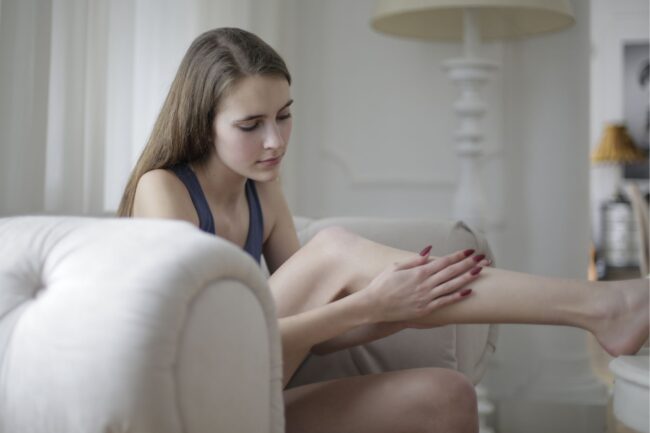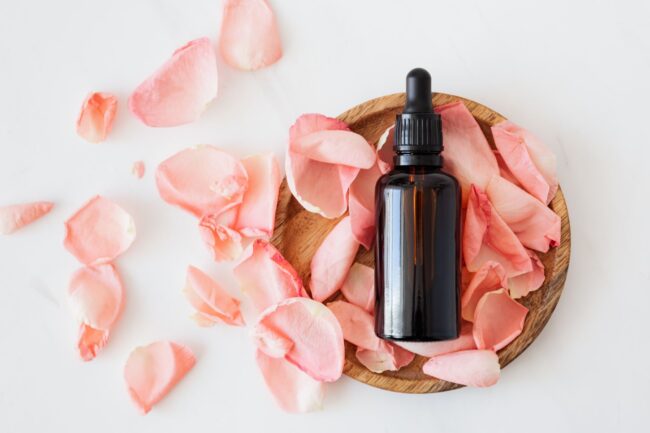Getting a massage is a good way to boost circulation, so it would be natural to assume it can relieve varicose vein symptoms. But are massages effective for managing or even treating the condition? Are they safe? And which type of massage would work best? Read on to find out.
What can a massage do?
As we mentioned, a massage can boost your blood flow. If done right, it can also help move some of the congested blood up and out of your varicose vein. This can help:
- Relieve pain
- Reduce swelling
- Help surrounding tissues get more oxygen and nutrients
However, a massage is just a remedy. Varicose veins develop when the tiny valves in your veins malfunction. Since they can no longer close properly, your blood starts leaking through them and flowing back into your limbs instead of up toward the heart.
So while massage can help relieve some symptoms, it will not address the faulty valves. For this, you’ll need to seek medical treatment.
What are the dangers of massaging varicose veins?
Massages aren’t strictly dangerous for varicose veins – provided they’re done correctly. As we mentioned in our burst varicose vein article, putting too much pressure on the varicose vein wall (or accidentally piercing it) can result in a dangerous amount of internal or external bleeding.
What’s the best massage for varicose veins?
Every case of varicose veins is different, so you’ll need to determine which massage type is best for you. But generally, lymphatic drainage is often deemed the most helpful. The massage therapists will stimulate the lymph vessels to help them move fluid away from swollen areas, relieving your symptoms.
There is also some research suggesting that myofascial release via acupuncture can help.
But for any type of professional massage, you’ll need to find a massage therapist that’s experienced with working around varicose veins.
How to massage your legs if you have varicose veins?

If you want to massage your legs yourself, you can, provided you follow these steps:
- Use gentle pressure
- Be careful not to massage the varicose veins directly
- Prop your feet up at or above heart level for the best results
- Work from your ankles upward
You can also use some essential oils.
- Lavender essential oil can help reduce pain and inflammation
- Sea pine oil can help with swelling and oedema
And rosemary oil can further boost your circulation.
Do note, though, you should always test how your skin reacts to these oils beforehand. Apply a few drops on your hand and wait 15 minutes to see if there’s any irritation.
Learn more: Essential Oils for Varicose Veins
Other ways to relieve symptoms
Along with the occasional massage, you should also try the following:
- Wear compression socks. As you can wear these all day, they’ll provide long-lasting symptom relief. They work by stimulating muscle activity to gently push congested blood up toward the heart.
- Do gentle exercise. Yoga, walking, and swimming are great for boosting blood flow without overwhelming your veins. They’re also essential for the long-term health of your other veins.
- Elevate your legs when you can. Your veins have to fight against the pull of gravity when you’re up and about. Propping your feet above heart level for a few minutes a couple of times a day will temporarily take the pressure off and move congested blood out of the varicose vein.
Can you get a massage after varicose veins treatment?
We’d advise waiting 2-3 weeks before getting a massage. We want to ensure your blood flow is steady and doesn’t overwhelm the treated vein. Additionally, sealed varicose veins are harder to spot as the body starts to absorb them. So, there’s more of a risk of pressing on the treated vein.
Seek specialist advice
Varicose veins are a medical issue and can, unfortunately, worsen over time. If you’re starting to feel symptoms of pain, itching, fatigue, and swelling, it’s best to see a specialist.
At The Vein Institute, we specialise in treating varicose leg veins. Contact us on 04 2010 2637 or request a call back online.


